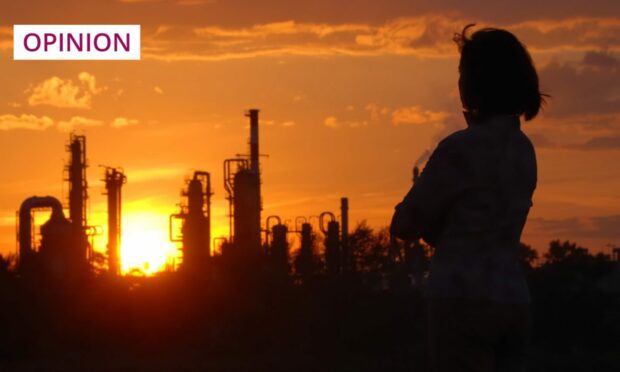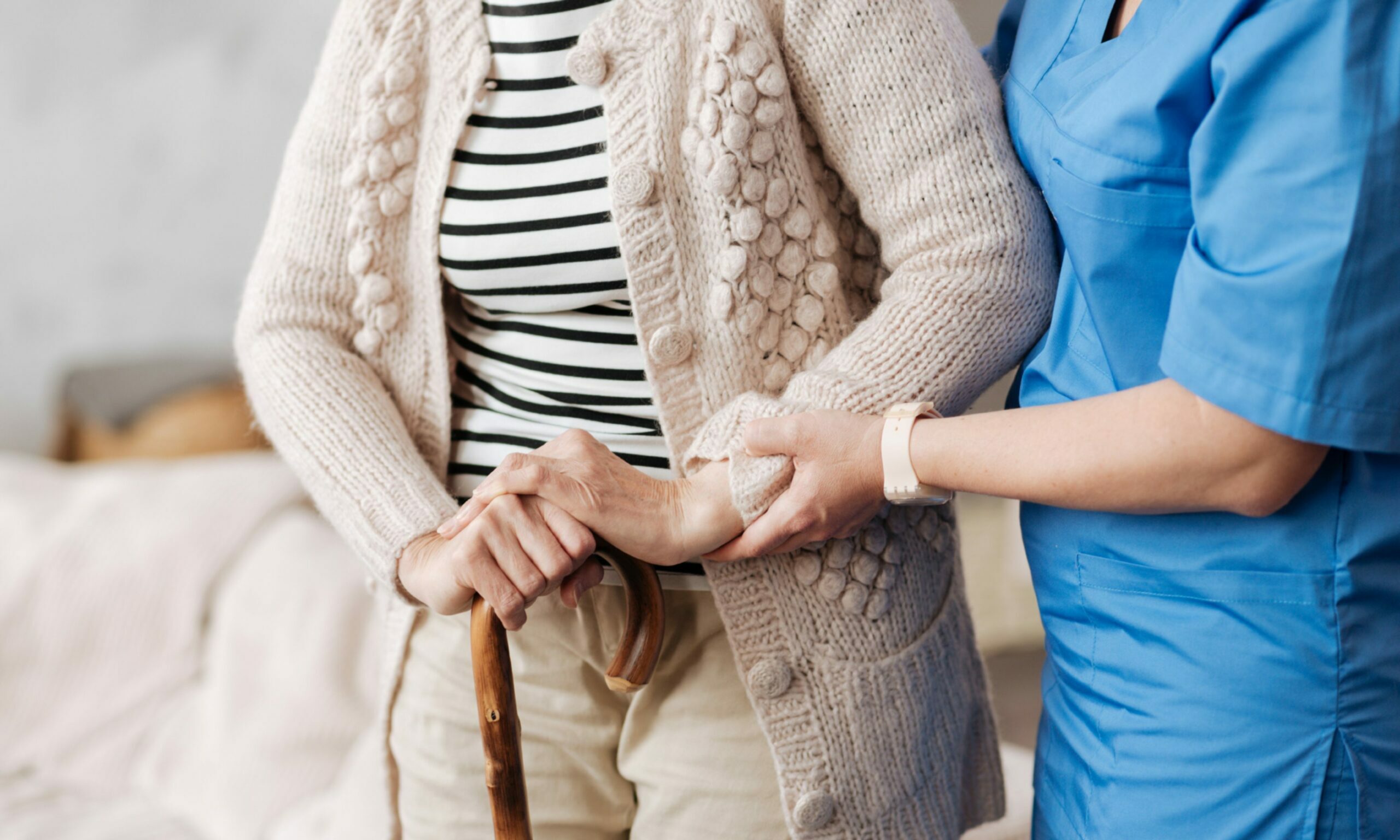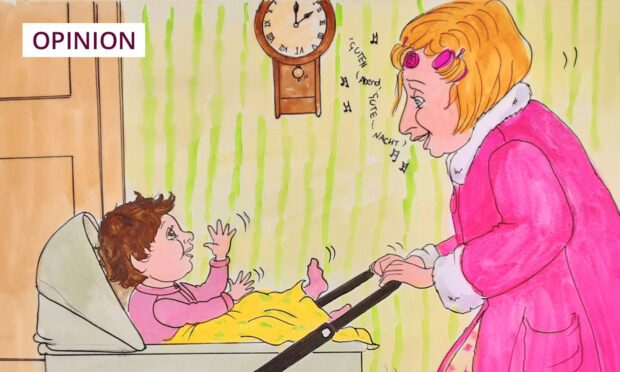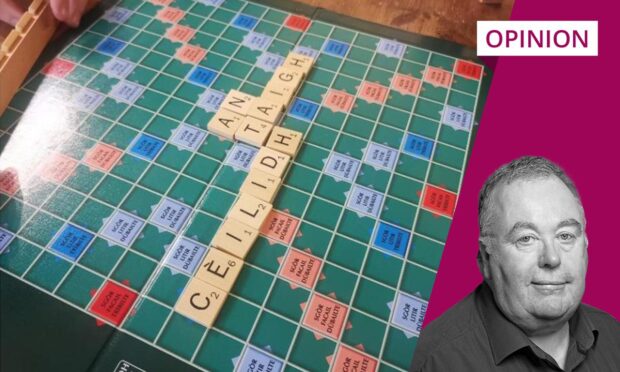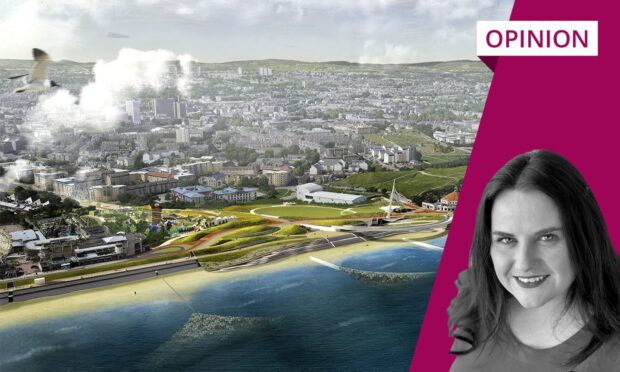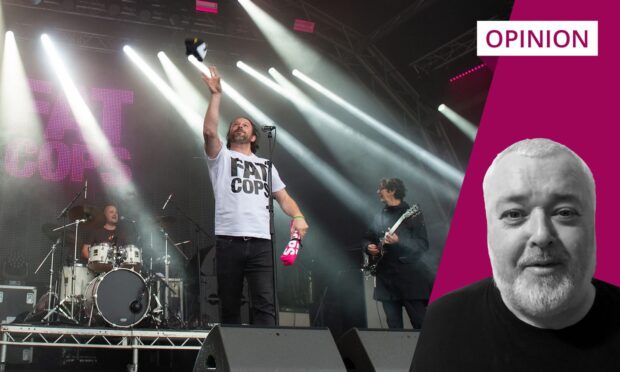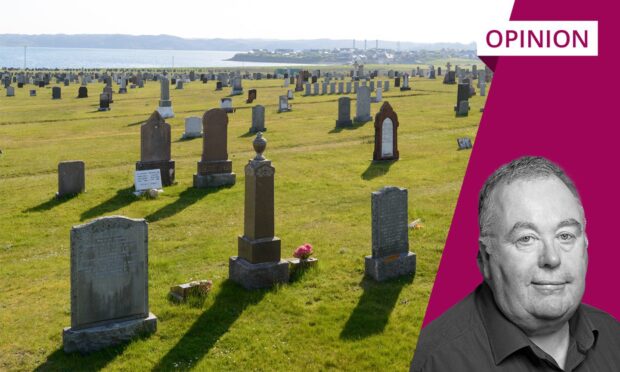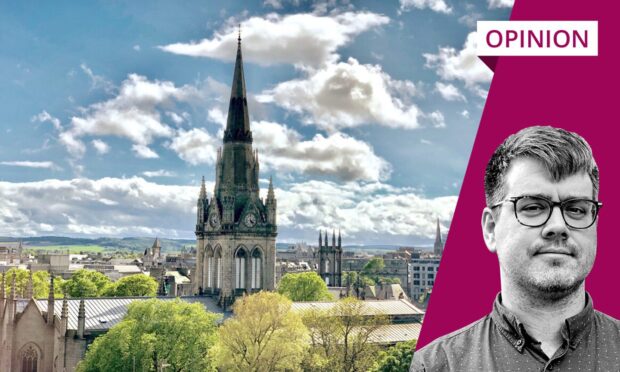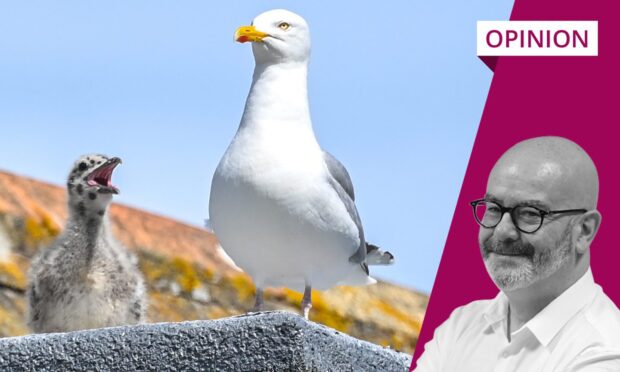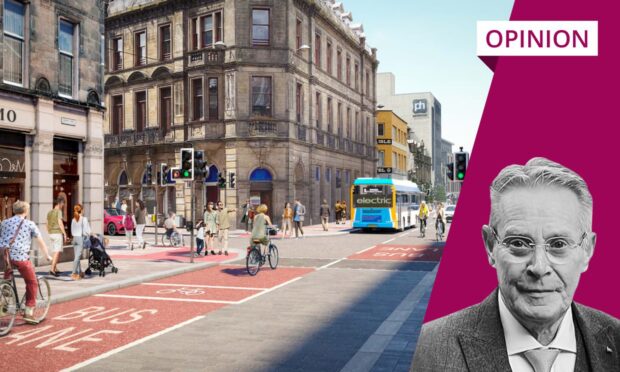When the prime minister flew by private jet to Aberdeenshire to green-light a raft of new North Sea oil and gas licences, he sent a wrecking ball towards the UK’s climate commitments.
But Scotland’s own climate house of cards is now also wavering in the subsequent political winds, with Humza Yousaf yet to unequivocally condemn the UK Government’s dangerous decision.
The first minister must now use Holyrood’s upcoming energy strategy to state clear opposition to the granting of all new licences.
But it’s not just Yousaf’s failure to reject Rishi Sunak’s fixation with fossil fuels that’s putting Scotland’s climate reputation in peril. The Scottish Government recently missed yet another annual emissions reduction target; the eighth missed target in 12 years.
The cumulative consequences of individual rich countries like ours failing to slash emissions fast enough are catastrophic. Not only will the goal of limiting global warming to 1.5 degrees go up in smoke, but low-income countries will see yet more lives lost, yet more hunger, and yet more destruction.
And it’s women – already bearing the brunt of the climate crisis – who will suffer the most. Because it’s women who are more likely to go hungry when food is short, to fall back on unsafe work when harvests fail, to be the ones walking further to collect water during droughts, and to be killed during climate-related disasters.
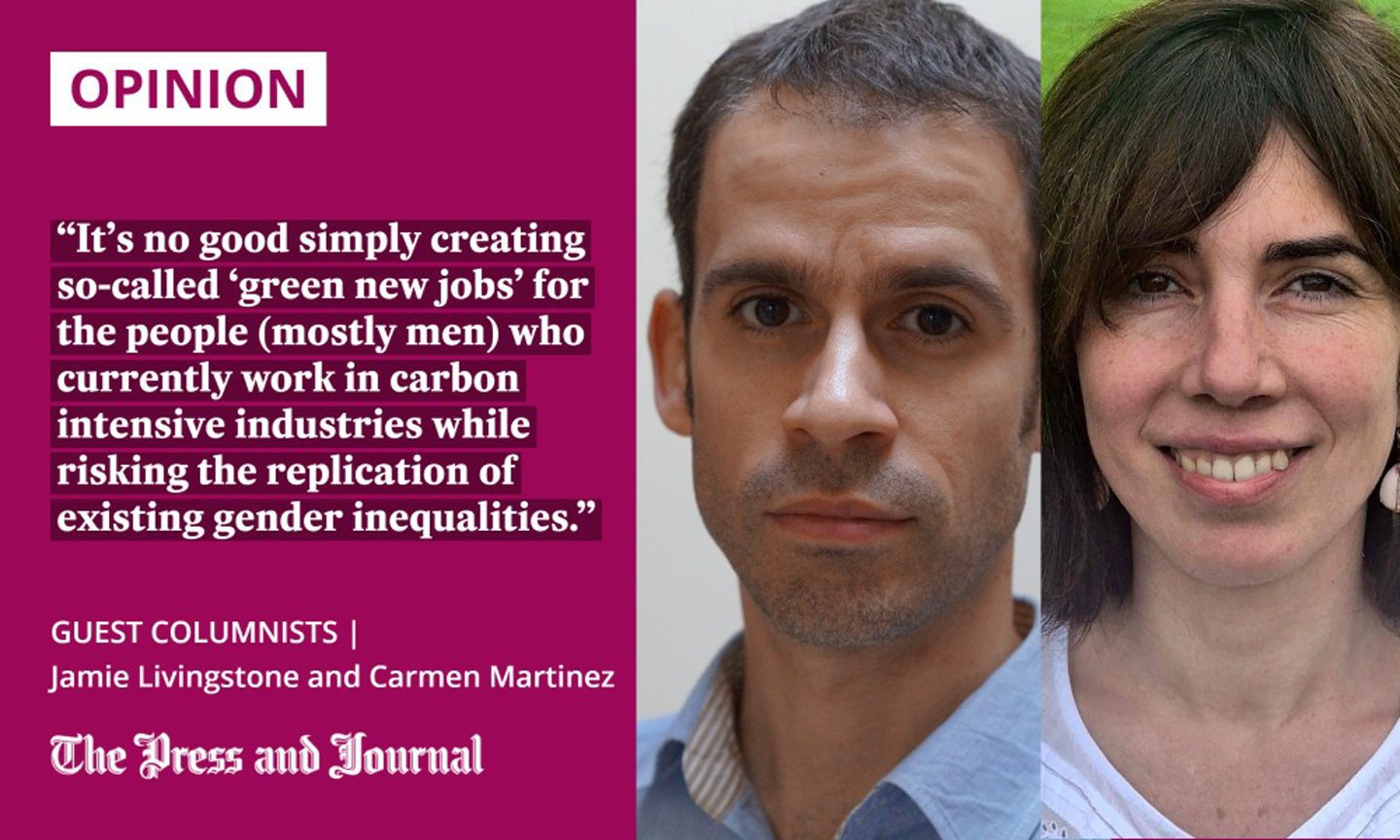
Positively, the Scottish Government appears to recognise this injustice. For example, it provides important funding for women from low-income countries to engage in global climate talks.
That’s why it’s utterly incongruous that fundamental questions remain largely unanswered in Scotland’s domestic climate policies. Where are the women? And who is doing the work to ensure that building a more gender-equal Scotland underpins our transition to net zero?
A review by the Scottish Women’s Budget Group suggests that, right now, gender is – at best – an afterthought in climate policymaking in Scotland. There is little, if any, analysis of how transitioning to net zero will impact gender equality for better or, unless we’re careful, worse. That’s got to change.
Transition to net zero must leave no one behind
Scotland must deliver on its climate promises to the world, but how we do so matters too. The transition to a net zero country must leave no one behind, prioritising fairness, equality and justice.
But, for that to happen, gender equality must become a central pillar, placed at the heart of Scotland’s upcoming new climate change plan, and the sectoral just transition plans.
The energy sector is a clear example. The transition to renewable sources must be much faster, but it must also be fair for oil and gas workers.
However, it’s no good simply creating so-called “green new jobs” for the people (mostly men) who currently work in carbon intensive industries while risking the replication of existing gender inequalities.
Instead, we must not only ensure that women have equal access to new roles within the renewables sector, but the government must also invest in existing low-carbon, female-dominated sectors, like care.
Roles in social infrastructure sectors are already low carbon: the average job in health and care produces nearly 1,500 times less greenhouse gas than a job in oil and gas.
Make polluters pay for their damage
Investment in care is core to a feminist just transition, one that looks beyond growth-based models and the wholly inadequate measure of gross domestic product that have together driven the world towards climate breakdown while leaving hundreds of millions in extreme poverty.
But, while where we invest will impact gender equality, so too will where the money comes from. We must finance this investment by making polluters pay for their damage, not by robbing funding from public services which women are often made to rely on most.
We believe the Scottish Government is well positioned to put gender equality at the centre of climate action
We believe the Scottish Government is well positioned to put gender equality at the centre of climate action while supporting the creation of a genuine wellbeing economy in Scotland, setting a valuable example for global climate action.
Climate change has already dealt women a devastating hand. But a feminist just transition could be Scottish ministers’ trump card. They must play it.
Jamie Livingstone is head of Oxfam Scotland, and Carmen Martinez is coordinator of the Scottish Women’s Budget Group
